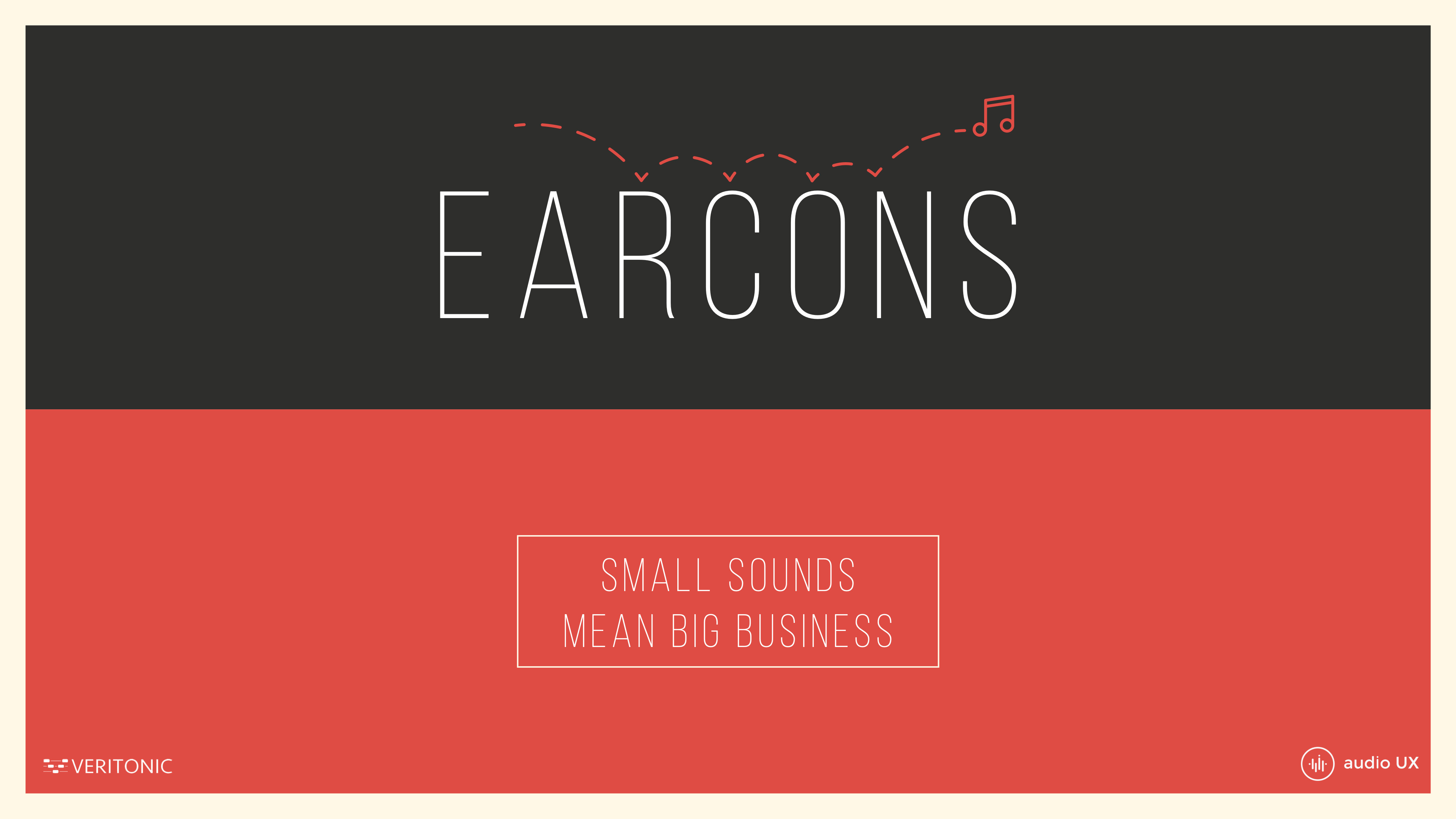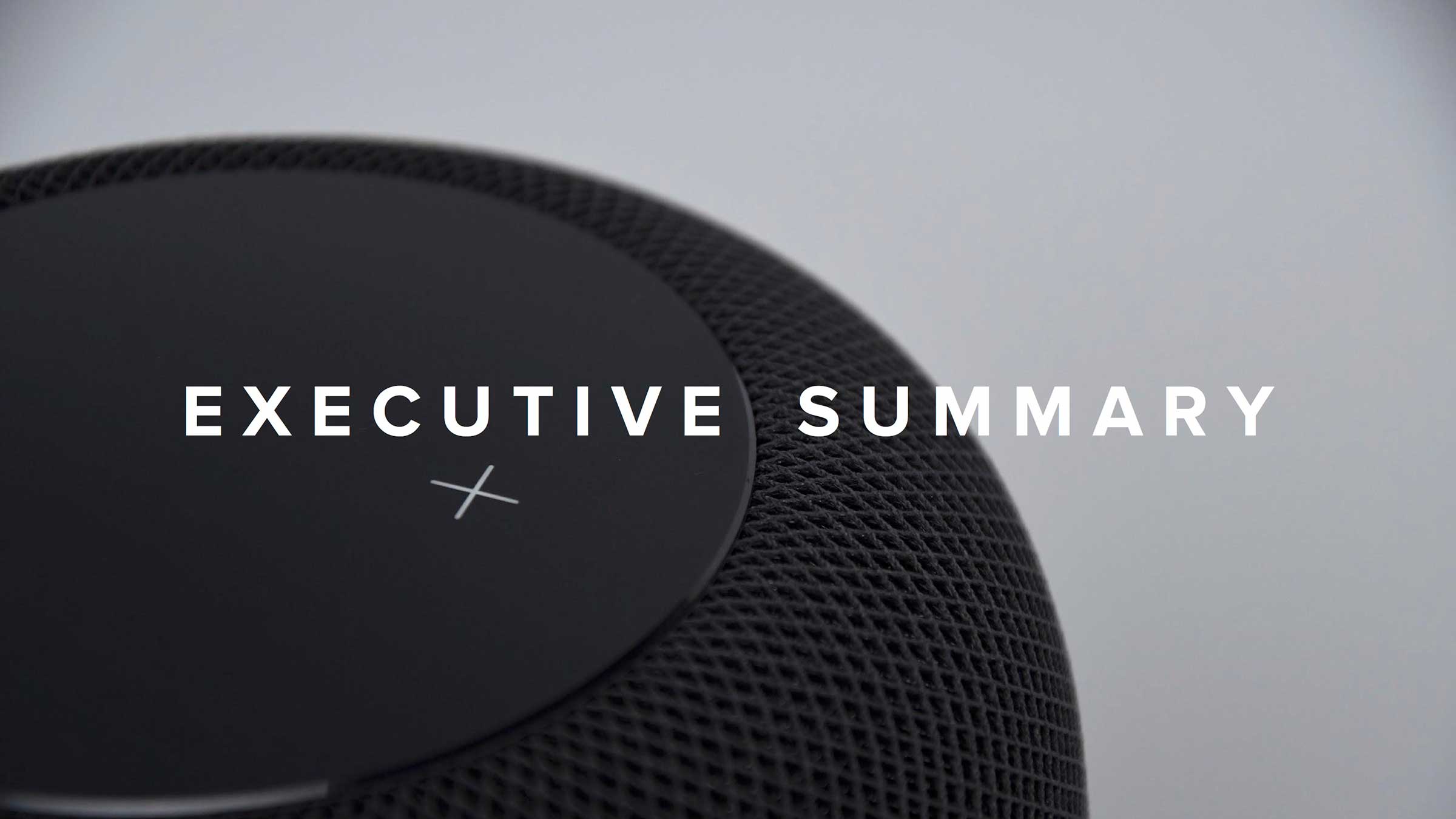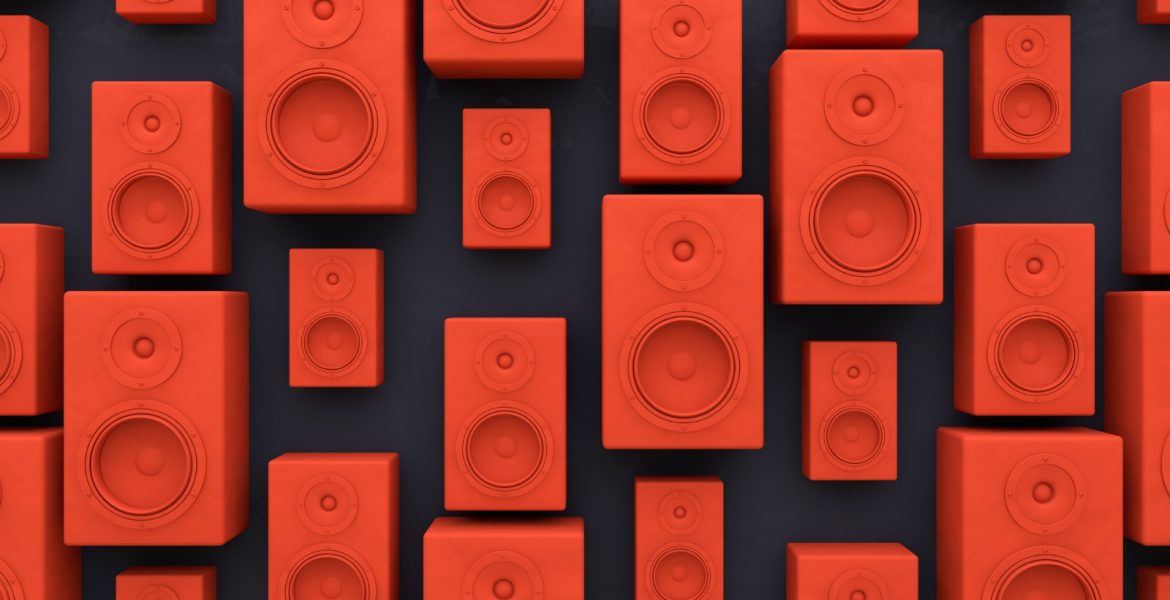Blog Post
Small Sounds Mean Big Business
Small Sounds Mean Big Business
Posted on
15 Jul 2019
Category
UX Sound Design
15 Jul 2019 • UX Sound Design

Overview
We teamed up with Veritonic to measure the effectiveness of Earcons in product experiences, and what it means for brands. Our findings reveal that brand preference, product usability and purchase intent dramatically increase with holistically crafted sound.

Premium vs. Generic
1. Premium sounds (i.e. branded earcons) are consistently more appealing to listeners and outperform Generic sounds on a wide variety of metrics:
- Premium sounds are on average 20% more likely to be associated with the correct action by the user.
- Users would rather own experiences featuring premium sounds 50% more often than experiences featuring generic sounds.
- Experiences with premium sounds are perceived as more premium almost 30% more often by users of standard headphones, and 65% more often by users of premium headphones.
- Experiences with premium sounds are perceived as having more personality, being more fun to use, and more trustworthy 30% more often than experiences with generic sounds.
- Individual premium sounds outperform generic sounds by 3%, but experiences with a family of premium sounds outperform experiences with generic sounds by 30%.
- Users associate premium sounds with the correct action (power on, power off, sync, etc.) on average 20% more often than with generic sounds.

Definitions
Users of the test were presented with two smart speaker experiences: one Premium and one Generic. They were then asked a series of questions relating to usability, brand preference and purchase intent. Both Premium and Generic experiences were designed with specific "earcons" (the audio analog of a visual icon) for each defined smart speaker interactions (e.g. notifications, connecting, power on).
Premium Earcons
Premium earcons are nuanced, multilayered sounds, often inferring diatonic or modal harmony with small melodic accents or fragments. Carefully crafted textures and timbres are often utilized specifically to communicate desired emotions associated with correlating interactions. These textures and timbres, as well as volume and audio mixing qualities, are often deployed to develop consistency and create a holistic sound family. Part of what makes certain earcons "premium" is their stereo profile. They make use of panning and spatialization effects, whereas generic sounds are simple, signal generated sine tones.
Generic Earcons
Generic earcons sound commonplace partly because they are mimicking those which are usually bundled within app dev kits or crafted with piezo buzzers. They are typically monophonic — communicating basic upward and downward intervals consistent with standard gestural associations in UX sound design (positive upward, negative downward). They do not make use of panning or spatial effects.

Boosting Brand Preference
Take note of the power of an experience versus sounds in isolation. User results found that, individual premium sounds outperformed generic sounds by 3%, but experiences with premium sounds outperformed experiences with generic sounds by 30% — illustrating how an overarching sonic branding strategy can be 10x more powerful. With these results in mind, it is paramount to build audio experiences from a holistic point of view.When users were inquired for emotional response, the study shows that premium experiences were perceived as having more personality, more fun to use, and more trustworthy 30% more often than generic experiences. Analyzing this data, it is surmised that due to the harmonic nuance in premium earcons, users can detect that the audio experience was carefully designed, thus, the same care can be expected in the customer experience. Additionally, harmonically dynamic sounds in a premium experience provide more emotional context, thus, definitively more personality. When testing for preference, experiences with premium sounds were perceived as more premium almost 30% more often by users of standard headphones, and 65% more often by users of premium headphones. Reflecting on brand competition, marketers should take notice and utilize premium audio to boost their brand preference and attract users.
Improving usability
On the usability portion of the study, premium earcons were on average 20% more likely to be associated with the correct action by the user. These findings reveal that multi-layered and harmonically complex audio feedback provides better context for given user interactions. Inversely, the lack of harmonic content in a generic earcon results in more frequent miscorrelation. Thus, generic earcons can yield a stunted cognition of the experience.Also revealed, users preferred unique sounds for each interaction by 3:1 compared with a single sound used across multiple interactions. Conclusively, users are more partial to dynamic audio experiences, and based on this data, brands should approach audio experiences from a holistic standpoint to improve product usability.
Increasing Purchase Intent
The defining moment for this study was revealed when users were asked, “Which product would you rather own?” Users claimed that they would rather own experiences featuring premium sounds 50% more than experiences featuring generic sounds. The TLDR for brands is this: when it comes to ROI, investing in a premium audio experience for users can increase the purchase intent of your product.

For brands remiss to holistic audio, now is the time to reassess. With engagement in non-visual platforms increasing (music streaming, podcasting, voice assistants) and Smart Speaker users reportedly growing , it is time to reexamine the brand experience on audio based platforms, and recognize the opportunity that lies ahead.Listen as Dexter Garcia discusses the importance of these "functional sounds" on .

AW360
The Unique Power of the Everyday Sound on AW360

